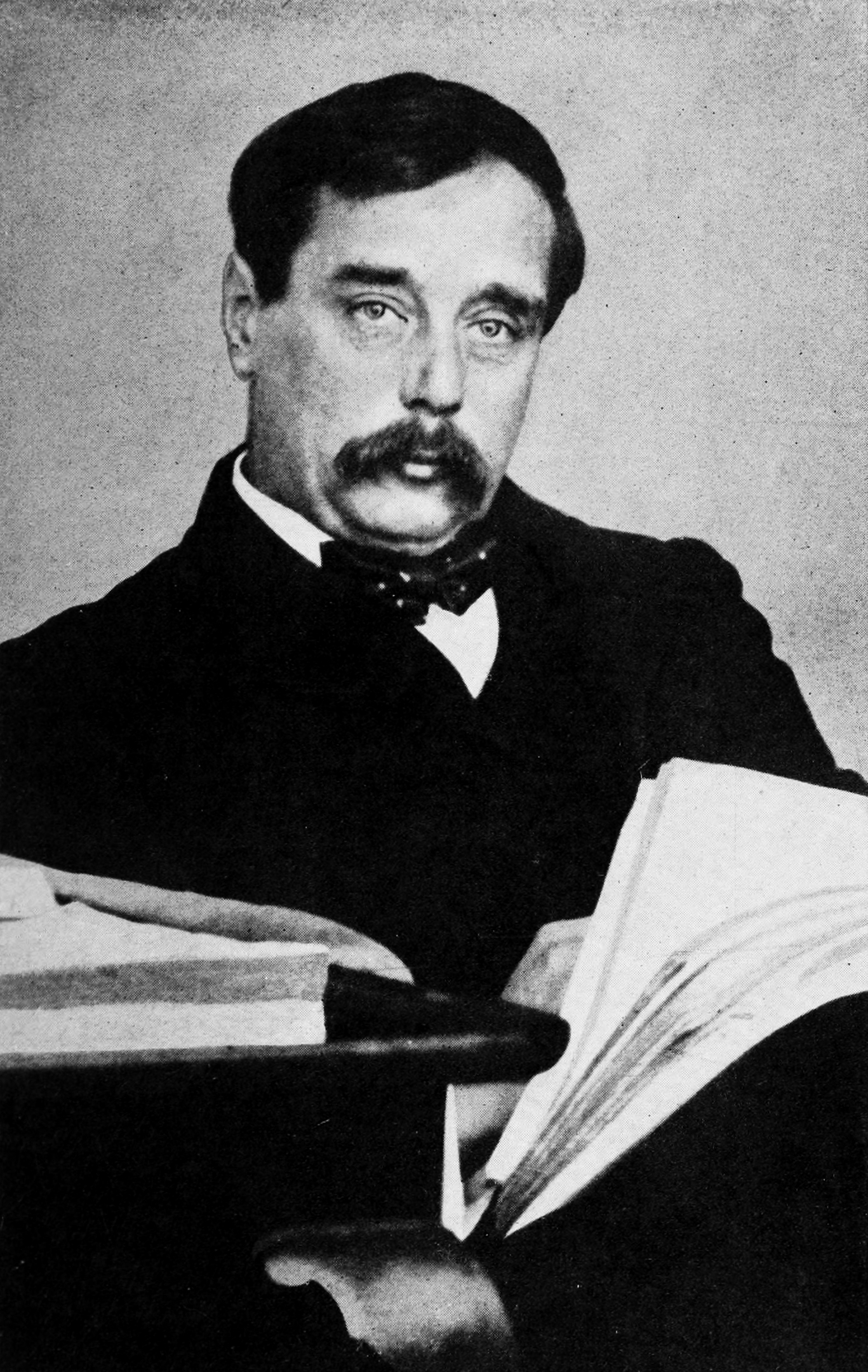“The Queer Story of Brownlow’s Newspaper” is a short story by the English author H. G. Wells (1866–1946), first published in The Strand MagazineMonthly publication founded by George Newnes, published 1891–1950, credited with introducing the short story to a British audience. in February 1932.[1]
The story is narrated by a friend of the protagonist – known only as Brownlow – who rather teasingly ends by saying that “I am as convinced [of the truth of the story] as I am convinced that my own name is Hubert G. Wells. Can I say anything stronger than that?”[a]Wells’s first name was Herbert.
Synopsis
The story begins with Brownlow arriving home to his flat at 49 Sussex Court “very definitely on the gayer side of sobriety”, after a dinner party with friends. Scattered on the floor he finds the evening’s mail, but to his annoyance no copy of his usual late edition of the Evening Standard. Instead, among his mail and in a pale green wrapper, he discovers a copy of the Even Standrd, apparently delivered by hand and addressed to a Mr Evan O’Hara, at Brownlow’s address. It seems to Brownlow that the paper’s contents are describing the affairs of another world, and when he looks at the date he discovers that it is forty years in the future, 10 November 1971.
The bulk of the remainder of the story is an account of the contents of the newspaper, which features colour photography throughout, with Wells taking the opportunity to issue some prophecies of what he felt 1971 might bring: lower birth rates, tapping geothermal energy, wider coverage of scientific news and inventions, simplified spelling of English, a 13-month reformed calendar, the extinction of gorillas, and hints at some form of world government.
One article in particular catches Brownlow’s eye, an account of a looming world timber famine for 1985. As he has investments in timber he wonders if it might be wise to increase his holdings, and so he tears out that article for safe keeping, leaving the rest of the newspaper in his sitting room. But when he awakes next morning it is gone, dispatched down the rubbish chute by his housekeeper; all he has left of it is the scrap of paper he had torn out and the wrapper in which the newspaper was delivered. By the end of the story the torn-out article has begun to fade, and the “paper” is turning into a powder, which analysis reveals to be a mixture of aluminium and some unidentified resin. The wrapper however, remains intact.
Wells ends the story with another prophecy:
Commentary
Wells’s prodigious early output of short stories had virtually ended with the publication of “The Door in the Wall” in 1906. In the remaining forty years of his life he wrote only nine more, of which “The Queer Story of Brownlow’s Newspaper” is one. Wells himself explained his switch to the novel as “a diversion of attention to more sustained and more exacting forms”.[2]
The story can be seen as a precursor to Wells’s scientific romance The Shape of Things to Come, published the following year; in his preface to the novel Wells explicitly references his earlier short story in his account of a “dream book”, ostensibly published in 2106 and entrusted to him by the late Dr Philip Raven, an alleged member of the Secretariat of the League of Nations.[3]
See also
- H. G. Wells bibliographyList of publications written by H. G. Wells during the more than fifty years of his literary career.

